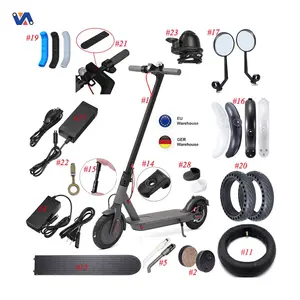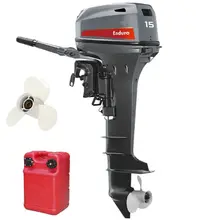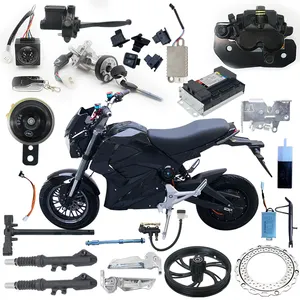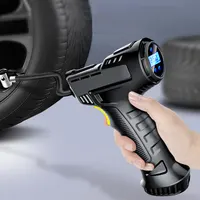
Upgrading your electric motorcycle with aftermarket parts can significantly enhance its performance and efficiency. Recuperation systems can be optimized through simple additions to the brake levers and electronic reprogramming, potentially extending battery range and reducing brake pad wear. Mode selectors can be programmed to include reverse functionality, adding convenience to maneuverability.
Suspension systems are pivotal for a smooth ride, with front suspension upgrades like inverted forks improving torsional rigidity and rear monoshock suspensions offering a more comfortable experience. Throttle systems provide precise control over acceleration and deceleration, with some models featuring regenerative braking capabilities.
Safety features like ABS prevent wheel lock-up during intense braking, maintaining vehicle control. For those looking to personalize their ride, options like full body wraps and carbon wrapping offer a custom aesthetic, while seat upgrades with gel filling improve comfort for longer rides.
Technological enhancements such as two-way alarms, keyless remote starts, and GPS systems not only add security but also convenience. The integration of cameras and smartphone connectivity through apps for battery monitoring and mounts with USB chargers cater to the tech-savvy rider. For extended range, high-speed onboard chargers and solar charger kits can be installed, ensuring that your motorcycle is always ready for the road.
Lastly, practical additions like saddlebags, luggage racks, and LED underbody lighting combine functionality with style, providing ample storage and increased visibility. Whether for daily commutes or long-distance adventures, these upgrades can transform your electric motorcycle into a more powerful, efficient, and personalized machine.















































 浙公网安备 33010002000092号
浙公网安备 33010002000092号 浙B2-20120091-4
浙B2-20120091-4